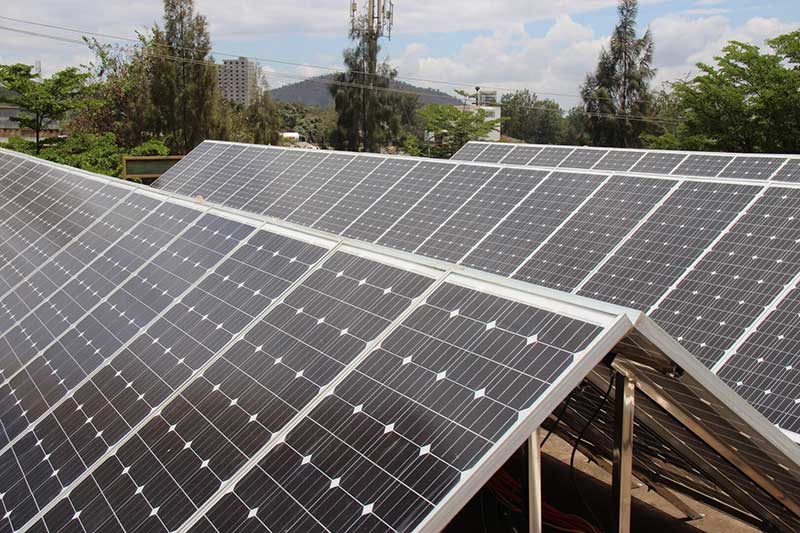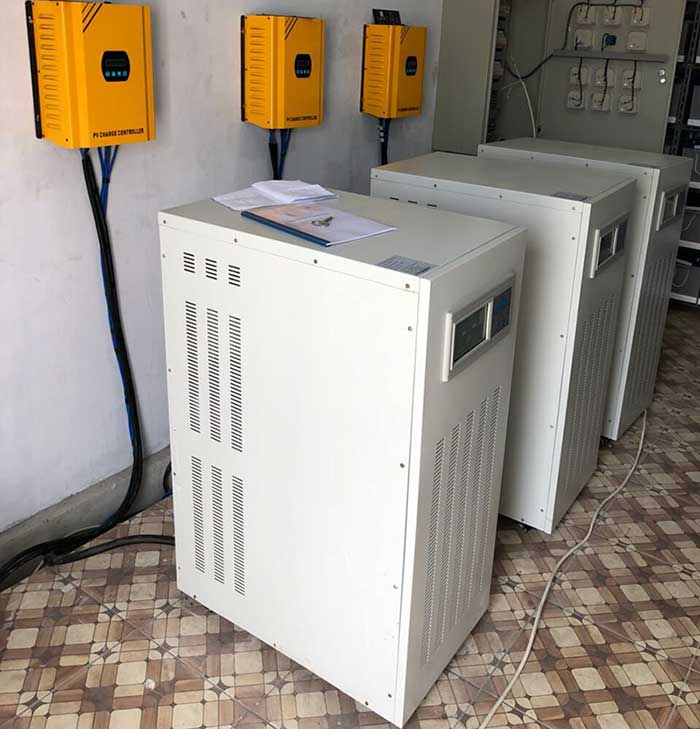Top 10 Solar Project Solution Factory In China
An off grid complete solar system is composed of solar panels, a solar charge controller,and batteries. If the output power is AC 220V or 110V, you need to configure the inverter. The role of each part is:

(1)Soalr panels. Soalr panels are the core part and the most valuable part of an off grid complete solar system. Its role is to convert the radiant energy of the sun into electrical energy, or send it to batteries for storage, or to drive the load. The quality and cost of solar panels will directly determine the quality and cost of the entire system.
(2)Solar charge controller. The function of the solar charge controller is to control the working state of the whole system and to protect the battery from over-charge protection and over-discharge protection. In places with large temperature differences, qualified controllers should also have temperature compensation. Other additional features such as light control switches and time control switches should be optional for the controller.
(3)Battery. Generally it is a colloidal battery. In a small and micro system, a nickel-hydrogen battery, a nickel-cadmium battery or a lithium battery can also be used. Its function is to store the electrical energy supplied by the solar panels when there is light, and then release it when needed.

(Off grid solar inverter)
(4)Off grid solar inverter. In many occasions, 220VAC and 110VAC AC power supply are required. Since the direct output of solar energy is generally 12VDC, 24VDC, 48VDC. In order to supply electrical energy to 220 VAC appliances, it is necessary to convert the DC power supplied by the off grid complete solar system into AC power, so a DC-AC inverter is required. In some cases, when a load of multiple voltages is required, a DC-DC inverter is also used, such as converting 24 VDC of electrical energy into 5 VDC of electrical energy (note that it is not a simple step-down)
